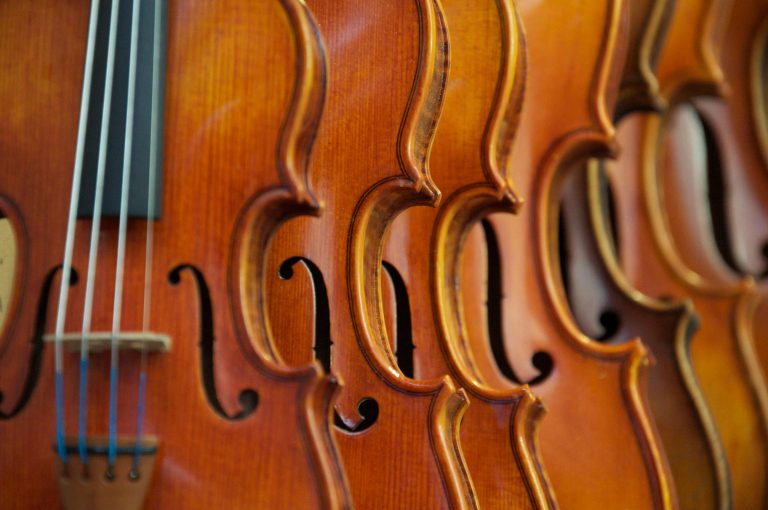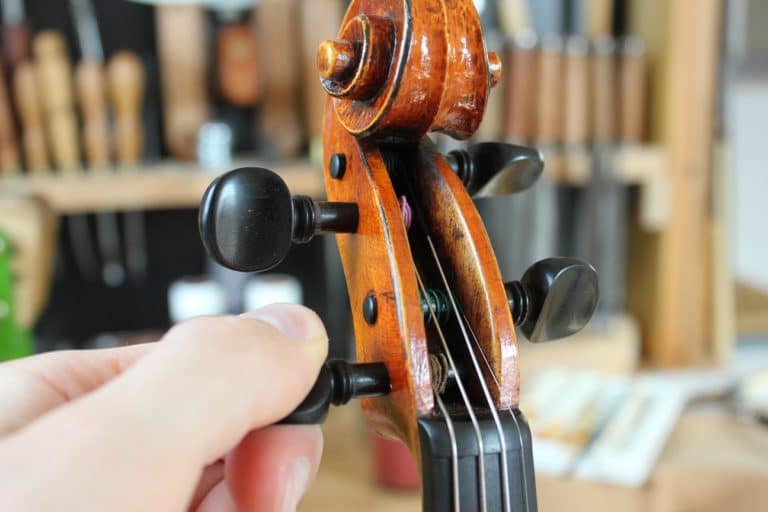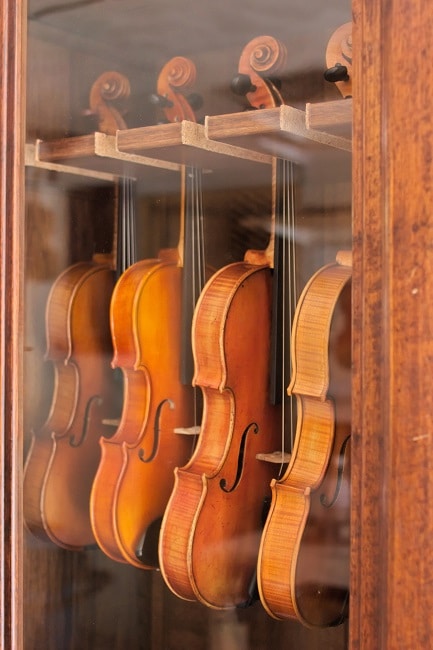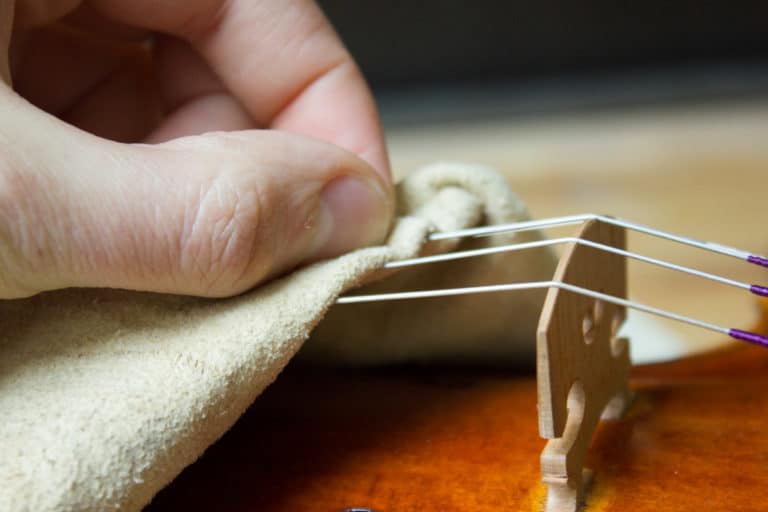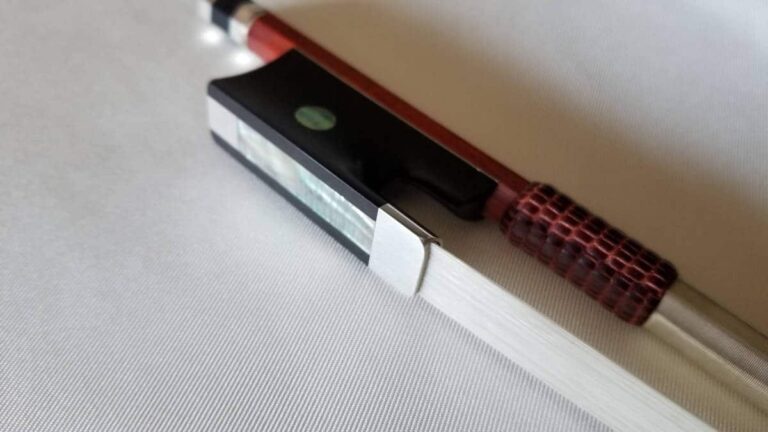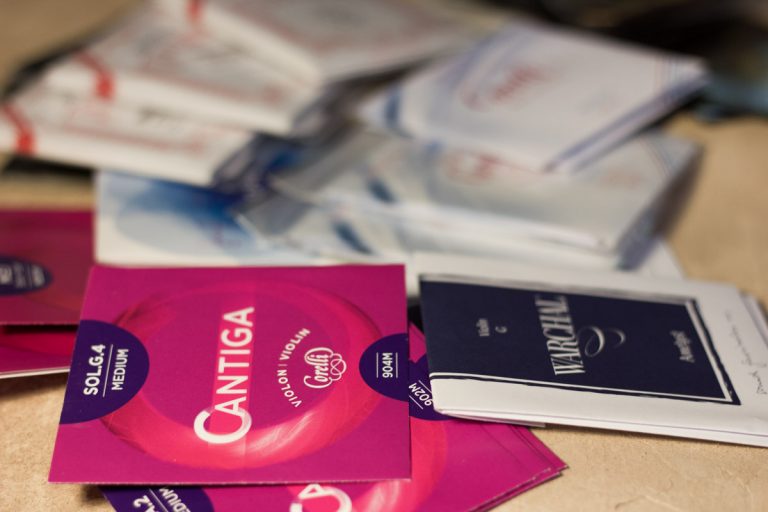Even though violins can be found in all climate zones of the globe, these instruments remain sensitive to changes in humidity and temperature. Living in a dry or humid climate won’t necessarily make or break an instrument. It’s actually the variations, especially extreme changes, that will cause damage (sometimes irreversibly) to these fragile objects.
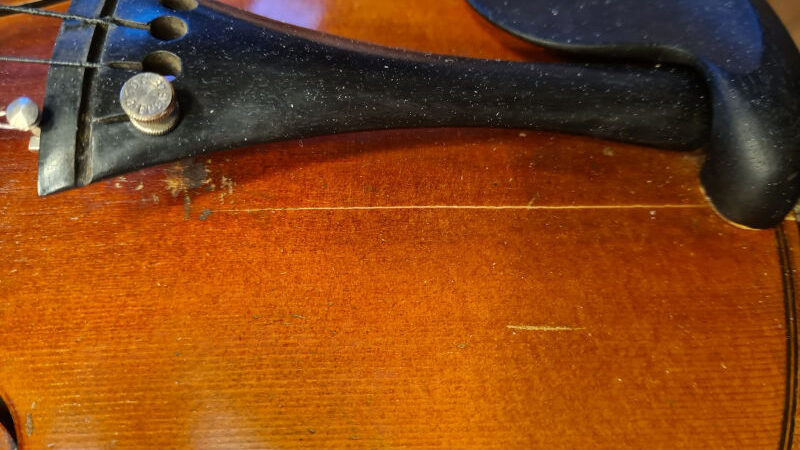
Why is hygrometry important for your violin?
You probably know this already, but the violin is alive (or rather, it used to be).
As it’s almost entirely made of wood (a living, plant-based material), the violin, no matter how old, will continue to live and breathe. It will also remain sensitive to any changes in the environment to which it is exposed. Here, we will explore the subject of hygrometry. This topic (and its direct links to temperature) will allow you to better understand the implications it has on your instrument.
How does wood react to humidity?
To put it simply, wood is composed of channels linking its roots to its leaves. These channels serve as a means of communication between earth and sky. Additionally, they support the complex functions of the metabolism, encouraging growth and longevity. We might compare it to our arteries and veins, although wood is much more fibrous and resistant.
Once the wood is cut, its food source is cut off. We can now refer to the “drying” stage. It’s a process that can go on for years and which consists of balancing the wood’s internal humidity with that of its environment. So if it is in a dry place, this drying process can occur faster, causing distortions or even cracking. On the flip side, if the environment is too wet, the wood won’t dry out properly, and microorganisms will cause it to deteriorate.
That is why when making a violin, a relatively dry and solid wood is needed. This is to limit any retrospective deformities and ensure its maximum longevity.
Effects of hygrometry on the violin
The environment is too arid
When a violin is subject to an atmosphere that’s dryer than the environment it’s used to, the wood retracts. The way in which it shrinks depends on the direction of its fibers. With spruce for example, it’s the width that will contract. It’s fairly easy to witness this if we take notice of the spruce’s characteristic series of light and dark bands. Each one will therefore retract, which affects each succeeding band, creating tension.
The dryer the air is, the more that wood fibers will contract. This puts tension on the instrument, which has several consequences:
- First, you’ll hear the sound quality change with this newfound tension. The bridge lowers and the core tightens.
- String height lowers, which is in direct correlation with the lowering of the bridge.
- Pegs have less grip and may loosen.
- End pin may grow slack, which can distort the bore and weaken the sound quality.
- Glued parts can break under stress, and in the worst cases, a fracture can suddenly appe
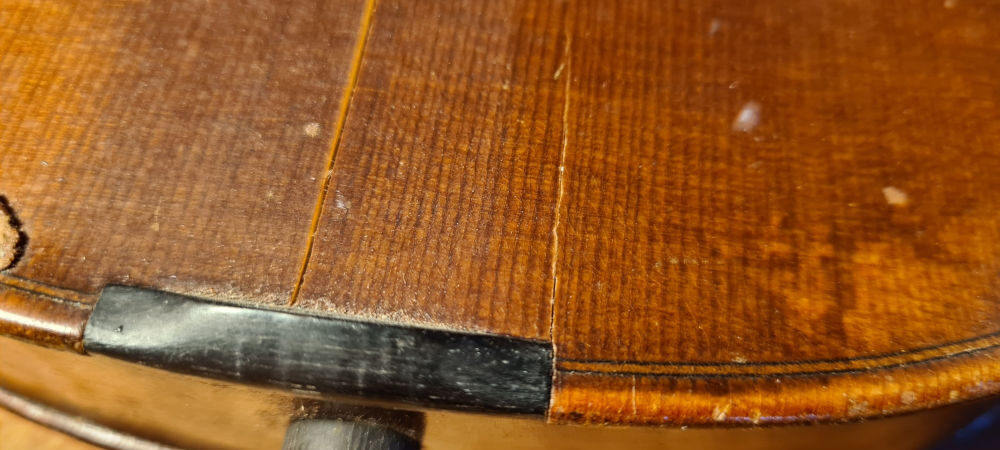
The environment is too humid
In contrast to what we discussed above, once a violin comes into contact with an environment that’s damper than its habitual one, the wood will bloat. It quite logically does the exact opposite of drying. Hence why similar problems can arise:
- As the instrument swells, the shape of the scrolls change slightly. It’s enough to lower the tension of the instrument’s core and over-elevate the bridge. This impacts the tone quality.
- On one hand, the strings will sit higher and have more tension, while on the other hand, the core will be more relaxed and can move more freely.
- Pegs may get stuck as they expand.
- The swell of the wood can also break the glued parts.
- Glue—animal origin and works as an adhesive for all the violin’s parts— loses its grip when exposed to water (that being said, it takes a serious amount of humidity to impact the glue).
Truth be told, the humidification of string instruments occurs naturally, perhaps in ways we’re not even aware of. For example, when you play, your breath and perspiration will fill your instrument with moisture. So overplaying can lead to some of the issues mentioned above.
When should hygrometry raise concern?
Contrary to popular belief, it’s actually during the cold seasons that a string instrument is the most vulnerable to dryness. The physical properties of air mean that the colder it is, the less moisture it can hold. This phenomenon can be observed, for example, on a cold window pane hit by a blast of warmer air. The warm air suddenly loses its heat upon coming into contact with the glass, its vapors then transformed into droplets (condensation).
The other determining factor in dryness is interior heating. Electrical or reversible air-conditioning systems dramatically reduce humidity levels.
Similarly, summer heat waves can have the same effect. Leaving your string instrument in the sun or in a car can cause significant damage.
A humidity level of 50% to 70% is considered ideal for instruments. However, these values are relative to ambient temperature. That said, it’s a good idea to be concerned when they deviate too far from this average.
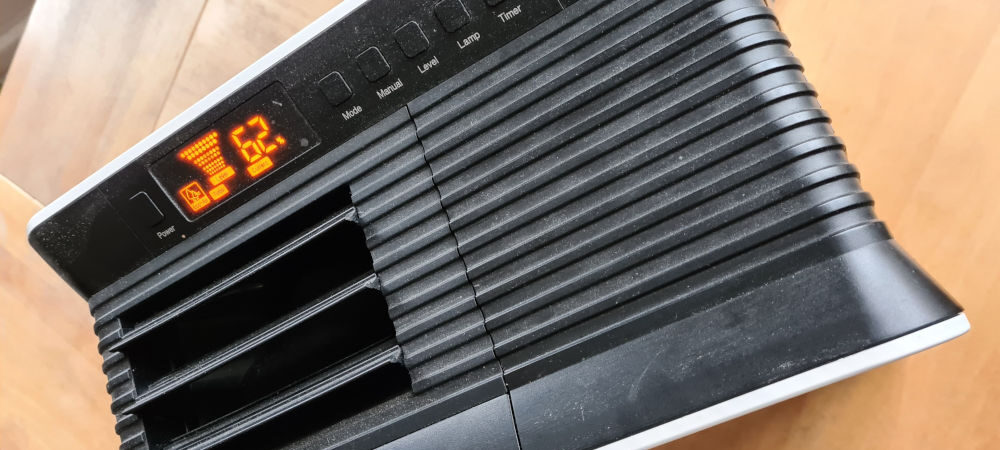
Prevent damage caused by fluctuating hygrometry
Assemble your violin
There are several ways to assemble your instrument to protect it from extreme fluctuations in humidity:
- First, a thick, impermeable case will do the majority of the job
- String covers also play an important role in protecting the instrument
- A silk scarf is a means of withstanding changes in temperature and humidity inside a case.
In fact, the more isolated your instrument is, the longer it will be able to withstand any harsh conditions.
Monitoring the hygrometer
Hygrometers are devices sometimes found inside of string instrument cases. Some of these devices are merely decorative, but the ones that work are only an approximate measuring tool. Nevertheless, they can be used to anticipate sudden changes in air humidity, allowing you to take necessary action.
Even if your case isn’t equipped with a hygrometer, you can purchase either a dial or an electric model.
Humidifiers
There are three main kinds of humidifiers available on the market:
- Apartment humidifiers, which maintain an acceptable level of humidity in the room where you’re practicing.
- Case humidifiers, which maintain a constant humidity level inside the instrument case. Of course, the box must be closed for them to be effective.
- “Trophy” humidifiers, which are inserted directly into the instrument’s sound holes when it is not being played. They are effective, but have an unfortunate tendency to destroy the soundholes.
The bathroom
There is another trick that many musicians once used if they didn’t have humidifiers. The idea is to use the bathroom to ensure the instrument is in a humid environment. With windows and doors closed, the various water sources in the bathroom will allow you to achieve a much higher humidity level than that of the rest of the house. You can also increase the humidity level by turning on a tap for a few minutes. However, you don’t need to turn your bathroom into a steam room.
The first step of this procedure is to take your violin, viola or cello into the steamy bathroom for a few moments with the case open. Then, close the case to capture the humid air inside. Moisture will then remain in the case during transport.
All told, this technique is not very precise. It’s certainly not the first solution that I’d recommend.
Final thoughts
If you travel in cold or hot weather with your instrument (or in any unusual weather conditions) don’t open your case right away. Let it settle into its new environment. Between 10 and 15 minutes should be enough to avoid shocking the instrument. If you’re in a hurry, you’ll need to allow additional time in your schedule for the sake of your instrument.
Maintaining the hygrometry of your violin in the online store
[carousel type=cat-products orderby=date columns=4 items=8 cat=hygrometrie]

